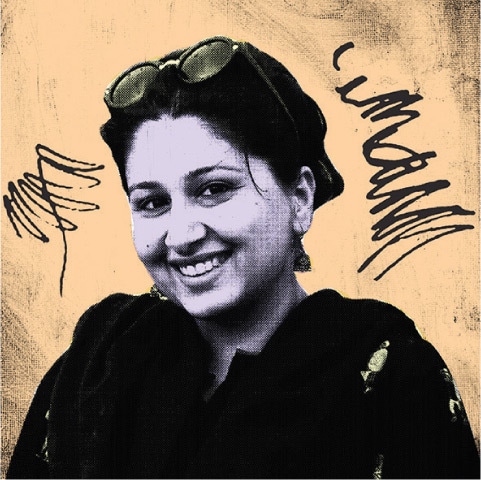
Where would desi cuisine be without ghee? With its nutty, fatty flavour, ghee brings a certain je ne sais quoi to any dish it’s added to. Add it to any vegetable dish to elevate it from the mediocre to scrumptious. Drizzle it on your steaming latte or grilled lobster, or use it in halwa for that extra-indulgent buttery kick.
Ghee is essentially clarified butter which is cooked till it is browned and has a delicious, nutty flavour. Once the milk solids are removed, the remaining liquid is ghee. Because ghee is made by removing water, it has a higher cooking point than butter — of around 240ºC compared to 175ºC for butter.
After going through a few grim years in the last one decade, thanks to the awareness created by nutrition experts and celebrities, ghee has regained its glory. It is trending as a superfood and made a royal comeback on our kitchen shelves. High in omega-3 fatty acids, shown in studies to be moderately beneficial for reducing rheumatoid inflammation and butyric acid (a short-chain fatty acid), it is believed to be beneficial for your stomach. The cooking process for ghee removes casein and lactose, making it suitable for anyone who is lactose-intolerant.
Ghee probably originated in Vedic India around 1500 AD and even makes an appearance in the Hindu mythology of creation — the story is about how the deity, Prajapati, rubbed his hands together to create ghee out of nothing and then poured it into fire to create his offspring. Needless to say, in Hinduism, ghee derived from cows is considered sacred. It plays a central role in religious ceremonies and Hindu ritual practices. Of course, for anyone who has ever had pure ghee, one can easily appreciate why ghee has been vaulted to such status.
This centuries-old ingredient is indulgent, out of this world and now a superfood
The best milk to make ghee from is grass-fed cow’s milk. Take 250g of butter (or more depending on how much ghee you plan to make) and heat it in a pan. Cook on low heat for 15-20 minutes without stirring. As the butter heats up it’ll begin to froth. Stir it well and reduce the heat.
Soon the froth will disappear, the butter will begin to bubble and turn a golden colour while the milk solids will brown. When the milk solids turn light brown, turn off the stove and remove the pot from the stove. The ghee will continue to cook in the hot pot until it cools.
Let the pot cool. Line a sieve with a muslin or malmal cloth and place over a bowl. Pour the ghee in, making sure the milk solids are separated out. Leave for a few moments for all the ghee to drip in. Then pour into a jar or a canister.
Since ghee has no milk solids, it has a long shelf-life. It’ll stay for three months if kept at room temperature and longer if kept refrigerated.

With carrots in season, what better excuse does one need to make this familiar favourite? Indulgent, nutritious and perfect to have on a cold wintry evening, gajar ka halwa is comfort in a bowl. The cardamom adds a fragrant touch to the halwa and the ghee gives that extra delicious kick. Sprinkle generously with pistachios and almonds to add a nice crunch.
Ingredients
2 kg grated carrots
2 litres milk
1 cup sugar
½ cup desi ghee
½ cup khoya (optional)
1 teaspoon nutmeg
2 teaspoon cardamom/chhoti elaichi
A cup or two of chopped dry fruit such as almond and pistachios
As needed — slivers of almonds and pistachio to sprinkle
Method
Grate the carrots and put them in a large, heavy-bottomed cooking pot. Add a bit of ghee and stir the carrots on high flame for two to three minutes.
Add the milk and stir. Bring the milk to boil and then lower heat. Simmer until the milk dries out.
Add the sugar and stir till it dissolves. Then add the khoya and ghee and stir well.
Crush the cardamom with a mortar and pestle or in a food processor. Chop up the dry fruit and add both in, stirring it well.
Cover and let it simmer for a few more minutes.
Sauté some more chopped almonds and pistachio in ghee and sprinkle over the dish. Turn off the heat and take off the stove.
Serve hot.
The writer is a former staff member
Originally published in Dawn, EOS, January 2, 2022
Comments